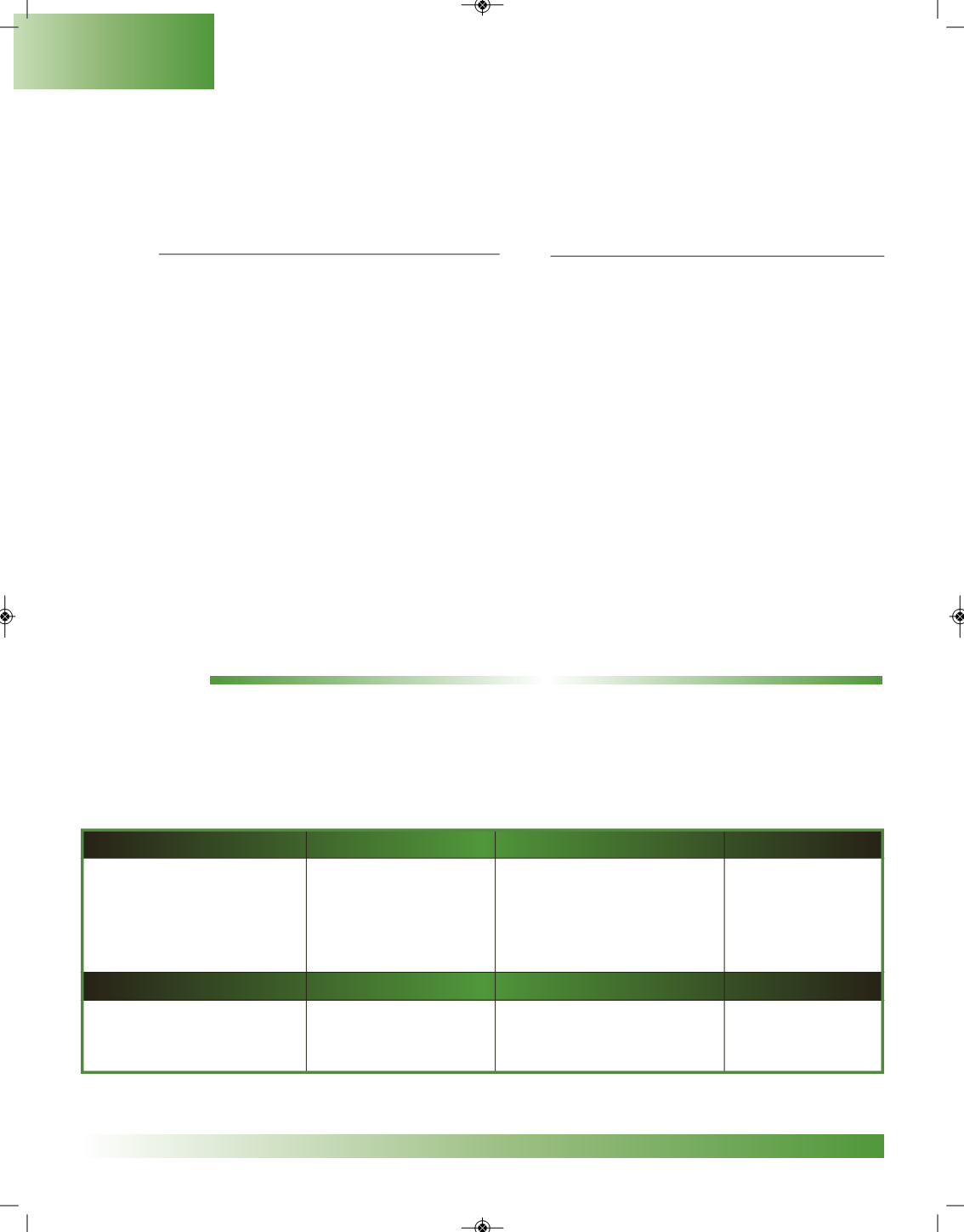
PENNSVALLEY
84
COPYRIGHT
Welcome toCanada,NorthAmerica’smost northerncountry. It is theworld’ssecond-largest coun-
try in land size, and the largest country in theWesternHemisphere.Canada shares a border with the
UnitedStates that stretchesmore than3,987miles. Its landareaexpandsover sixdifferent timezones.
Almost all land area north of themainlandUnited States is Canadian.There are also two tiny islands
east of Canada that belong toFrance.Can you guesswhat two places do not belong toCanada north
of theU.S.?By looking at your
AtlasBuddy (AB)
, or a globe, you can name them.
They are
and
The population of Canada is nearly 34million people. Because of icy, longwinters, poor growing
soil inmany places, and large areas of forests, huge areas of Canada are not suited for human activ-
ity. About 80% of the people live in the southern parts of Canada and along the St. Lawrence River
area. Because of its size, Canada has one of the lowest population densities in theworld! Let’s learn
more about our neighbor to the north.
Lesson 43:
Political Features of Canada
Canada is organized into provinces and territories. Provinces aremuch like our states, only they
aremuch larger in land area.Territories do not have enough people living in their areas to be called a
province. Let’s begin our tour of Canada by labeling the names of its provinces and territories. Two
groups of provinces are organized by regions – theMaritime and Prairie Provinces. Maritimemeans
close or near the sea or ocean. By now, you know that prairie stands for large areas of grassland.
Note:
By examining your Atlas Buddy on page x, you can see that most of British Columbia and
southwest Alberta are coveredwithmountains, not prairies.
ACTIVITY 1:
Go to your political mapof Canadaonpage85and your
AtlasBuddy (AB)
onpage x.We can label the
places fromeast towest by usingnumbers for theprovinces and territories.Next, use the letters to label
eachprovince’sor territory’s capital city. The country’s capital,Ottawa, hasanoutlined star by its location.
Note:
The northeastern part of British Columbia is prarie land. The rest of the province is covered
withmountains.
MaritimeProvinces
Capital City
PrairieProvinces
Capital City
1.NewBrunswick
A. Fredericton
0
7.Manitoba
G.Winnipeg
2.NovaScotia
B.Halifax
0
8. Saskatchewan
H.Regina
3. PrinceEdward Island C.Charlottetown
0
9. Alberta
I. Edmonton
4.Newfoundland
D. St. John’s
10. BritishColumbia
J.Victoria
and Labrador
Ontario andQuebec
Capital City
Territories
Capital City
5.Quebec
E.QuebecCity
11.Yukon
K.Whitehorse
6.Ontario
F. Toronto
12.Northwest
L.Yellowknife
13.Nunavut
M. Iqaluit
Canada


